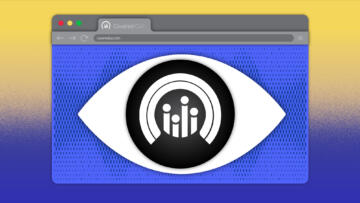Split
Screen
How Different Are Americans’ Facebook Feeds?
Snapshots from the Facebook feeds of our Citizen Browser panelists illuminate how Facebook’s recommendation algorithm siloes information on the platform. See how we built this tool
Facebook’s recommendation algorithm shows different news, groups, and hashtags to different users. But who sees what? Split Screen attempts to answer that question with real world data collected between December 2020 and June 2022 from paid panelists as part of The Markup's Citizen Browser project.
The dial compares how often the content was shown to one grouping over the other. You can tap onhover over a dial to view our analysis and a breakdown of the numbers.





 Biden Voters
Biden Voters
 Trump Voters
Trump Voters
 Women
Women
 Men
Men
 Millennials
Millennials
 Boomers
Boomers


